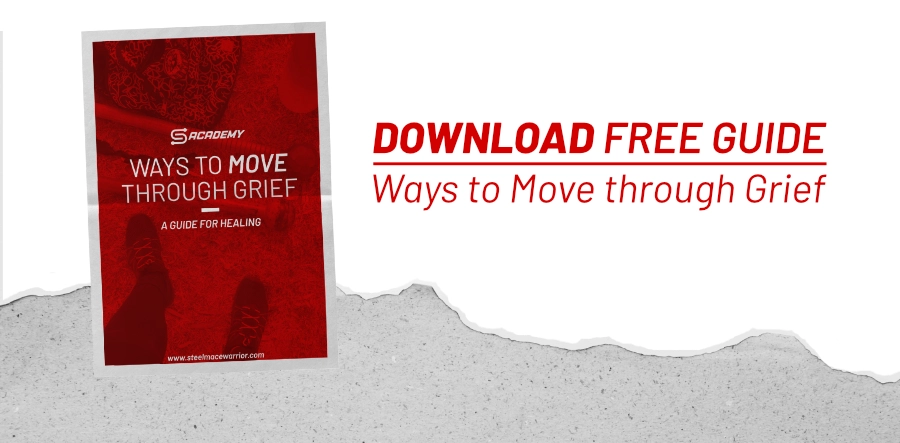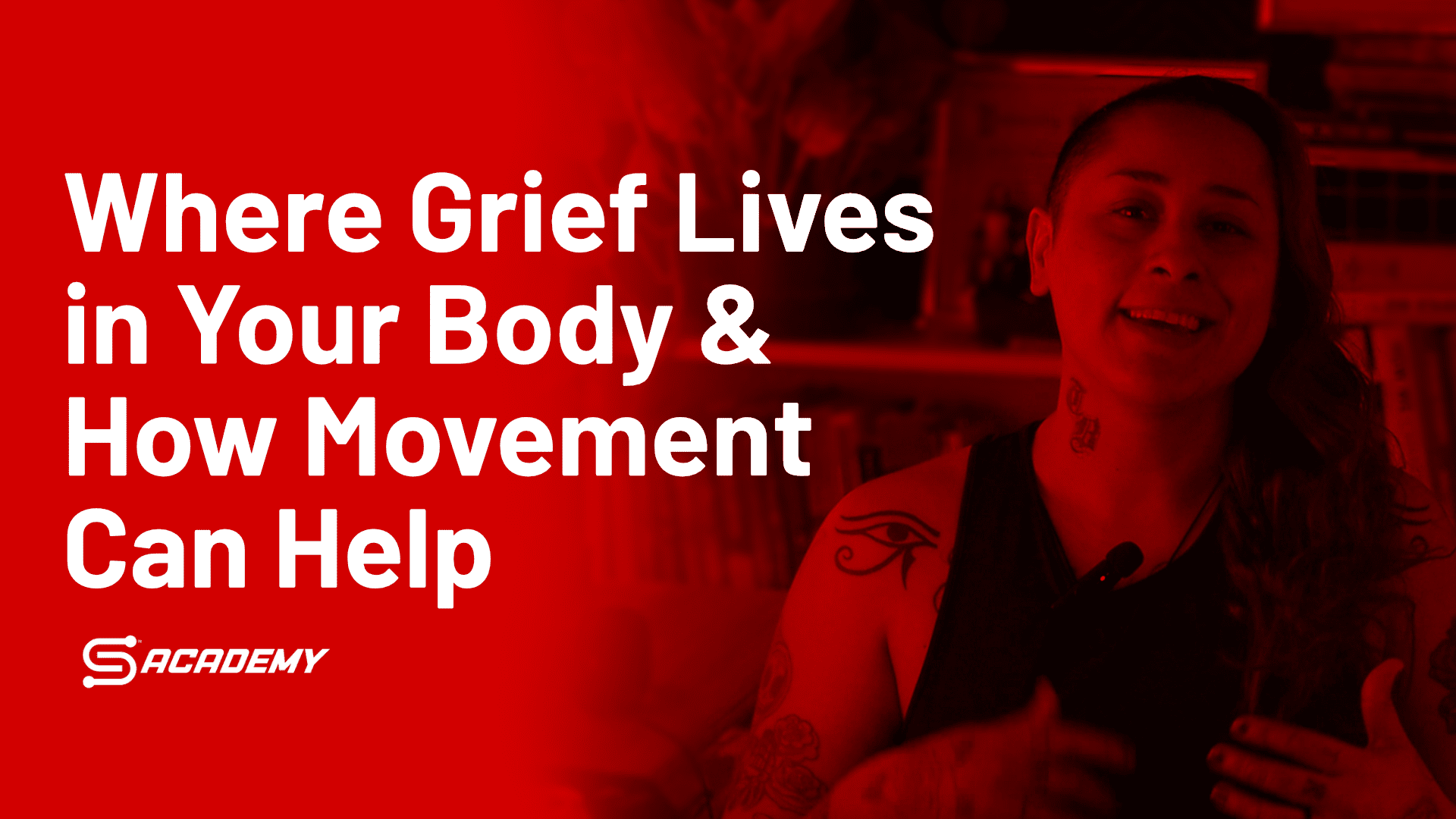Grief isn’t just something we feel emotionally—it can show up physically too. After experiencing loss or going through a tough time, your body might carry that emotional pain in ways you don’t even realize. Let’s explore where grief tends to show up in the body and how gentle, intentional movement can help you process those feelings and find relief.
Where Grief Shows Up in the Body
Your body and mind are deeply connected. When you’re grieving, different areas of your body can feel heavy, tight, or even painful. Here’s what science and experts have found:
1. Chest and Heart
That feeling of heaviness or tightness in your chest when you’re grieving is real. People often call it “heartache,” and research shows that stress from grief can impact your heart health, even temporarily raising blood pressure.
2. Throat
Ever felt like there’s a lump in your throat when you’re holding back tears? That’s your body’s response to emotional pain.
3. Shoulders and Neck
Grief often brings tension to the shoulders and neck, as if you’re physically carrying the weight of your emotions.
4. Stomach and Gut
Have you ever lost your appetite or felt queasy after a loss? That’s because your gut and brain are closely connected. Grief can affect your digestion and overall gut health.
5. Lower Back
Stress and emotional pain can lead to tension in the lower back. It’s your body’s way of holding onto that grief.
6. Lungs
In traditional health practices, the lungs are associated with grief. Shallow or labored breathing can be a common response to emotional distress.
7. Hips
There’s growing evidence that the hips are a storage spot for emotional tension, including grief. Tight hips might be a sign that your body is holding onto difficult feelings.
How Movement Can Help You Heal
Movement isn’t just about getting fit—it’s also a powerful way to release emotions and find peace. Here’s how it can help when you’re grieving:
1. Reducing Stress Hormones
Grief can flood your body with stress hormones like cortisol. Exercise helps reduce these hormones and boosts endorphins, your body’s natural mood lifters.
2. Supporting Heart Health
Since grief can put extra stress on your heart, regular movement helps improve circulation, lower blood pressure, and strengthen your heart.
3. Releasing Physical Tension
Stretching and gentle exercises can help release tightness in your shoulders, neck, and back.
4. Supporting Gut Health
Exercise helps regulate digestion and reduce inflammation, which can counter the gut issues grief sometimes causes.
5. Improving Breathing
Breath-focused movement, like yoga or walking, encourages deeper breathing and helps calm your nervous system.
6. Encouraging Emotional Release
Certain types of movement, like dance or hip-opening exercises, can help your body let go of stored emotions.
Types of Movement to Try
When you’re grieving, gentle and mindful movement can be more helpful than intense workouts. Here are some ideas:
1. Mindful Strength Training (Including Steel Mace Workouts)
Strength training with intention, such as Steel Mace workouts, helps you connect with your body and release emotional tension.
2. Yoga
Yoga combines movement and breathwork, making it a great way to release tension and process emotions.
3. Walking or Hiking in Nature
A simple walk in nature can ground you and help clear your mind.
4. Dance
Letting yourself move freely to music can be incredibly healing.
5. Breathwork Practices
Intentional breathing exercises help calm your nervous system and release emotions.
Tips for Moving Through Grief
- Start Small: If you feel drained, begin with just a few minutes of gentle movement.
- Listen to Your Body: Pay attention to where you feel tension and focus on movements that feel good.
- Be Consistent: Even short sessions can make a difference.
- Seek Support: Join a supportive community or work with a coach who understands the mind-body connection.
- Move Mindfully: Focus on how your body feels rather than just completing a workout.
Caring for Your Body Through Grief
Grief isn’t just in your mind—it’s in your body too. Through mindful movement, you can create space for those emotions to flow and begin to heal. Remember, it’s okay to go at your own pace and seek support when you need it. Your body and heart will thank you for the care you give them.
Sources
- UCLA Health. “How Does Grief Affect Your Body?” Retrieved from https://www.uclahealth.org/news/article/how-does-grief-affect-your-body
- National Institutes of Health (NIH). “Physical Sensations of Grief.” Retrieved from https://www.ncbi.nlm.nih.gov/books/NBK507832



